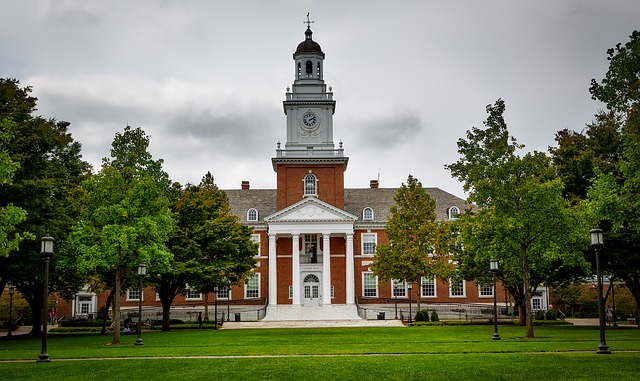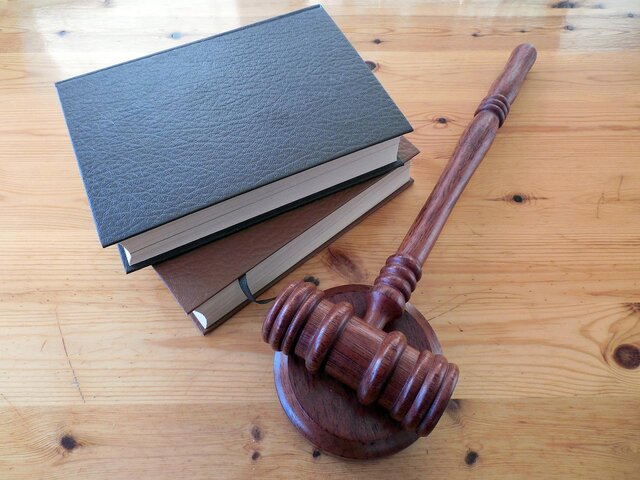
Completing Expungement
Read Full Article (PDF)
Completing Expungement
The limits of expungement are where the hope for real reentry meet the desire for criminal justice transparency. That a criminal record, ordered expunged by a judge after a long and arduous process, continues to exist in the world of private actors is a cold, harsh reality for those attempting to reenter civil society. It is also reassurance for parents hiring a babysitter, school districts seeking new employees, and employers concerned about workplace liability. Not to mention, the thought that all records of criminal justice adjudication could be purged forever intuitively sounds Orwellian, even in an age where surveillance, whether governmental or corporatized, is the norm. Expungement—the process by which the official, public data of a criminal record is erased, sealed, or made private—remains an important tool in the battle against stigma and over-punishment after one formally leaves the criminal justice system. But technological and big data realities, coupled with transparency norms, will forever affect its efficacy. The internet is not going away, and private actors will always feel entitled to hold a default position that allows for the dissemination of public information about the criminal justice system, as that sentiment finds support in the history and expectations underlying the transparent administration of the legal system. For the successful expungement petitioner, a game of whack-a-mole is and will remain the norm. A sense of powerlessness to move on from one’s past, like the criminal record, persists.
Brian M. Murray*
*Associate Professor of Law, Seton Hall University School of Law.


